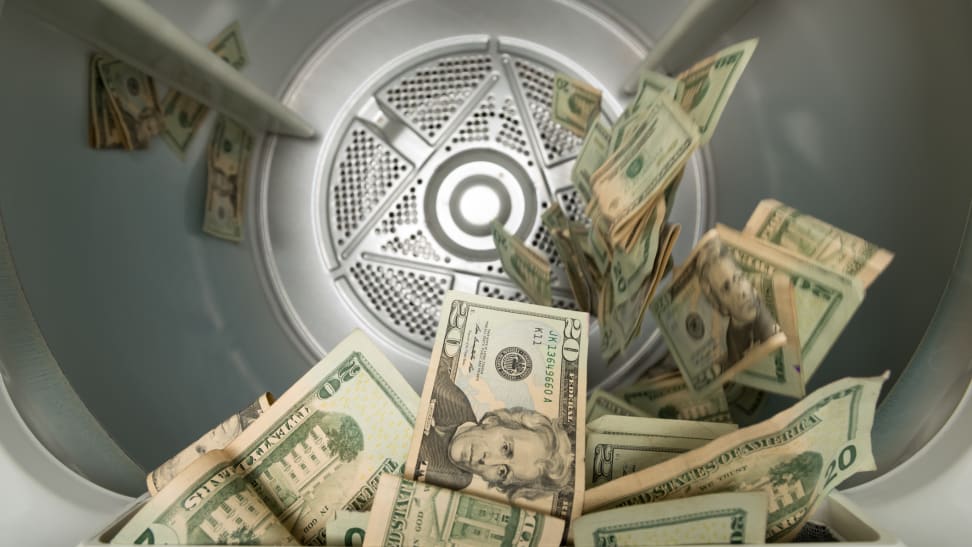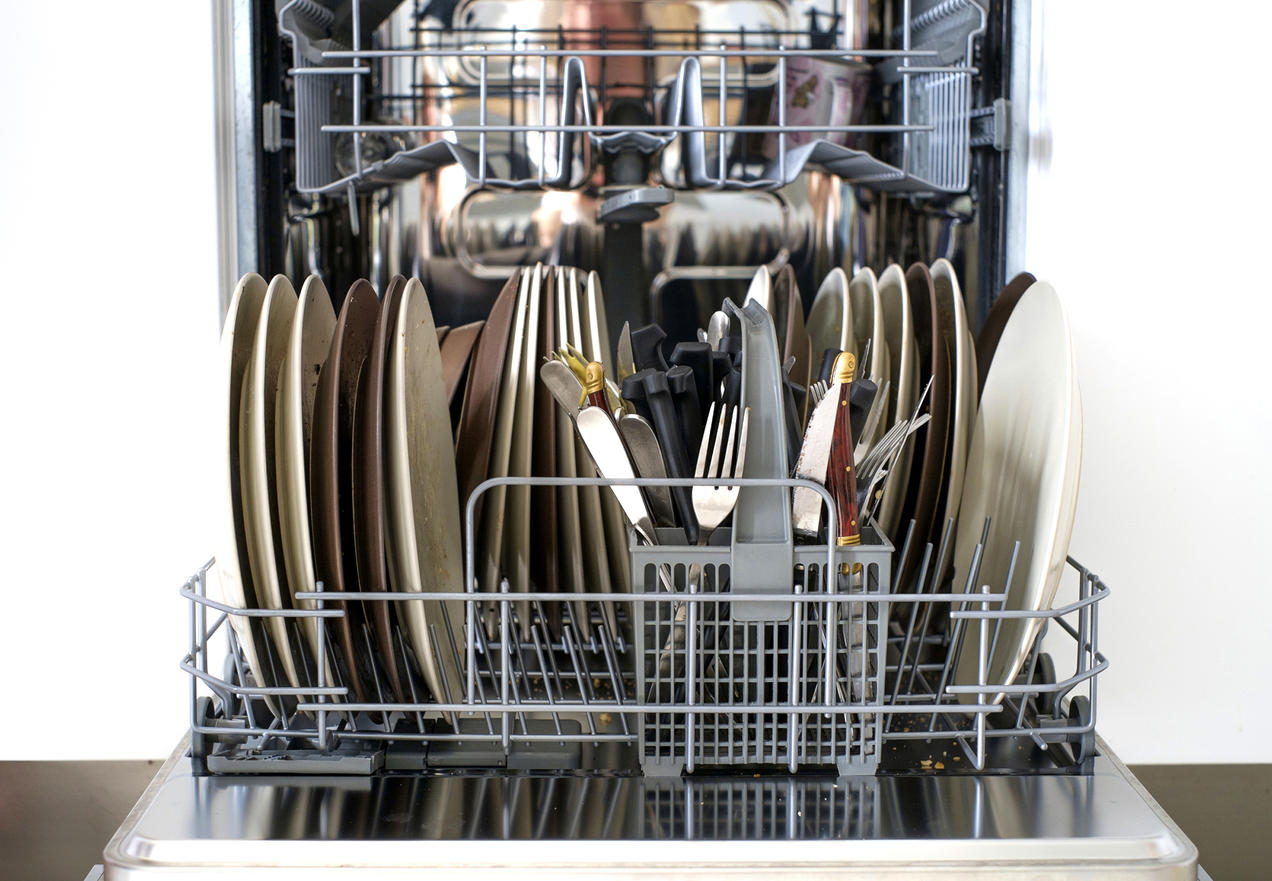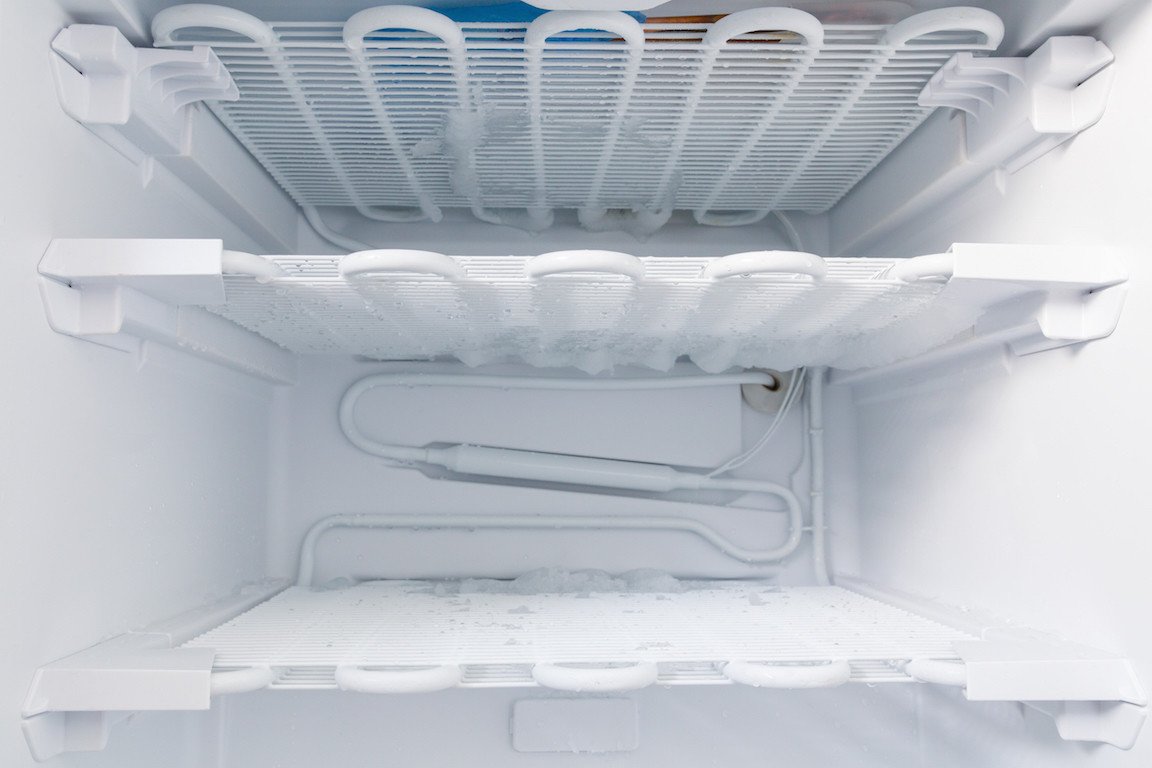Reduce the impact on the environment and your wallet
With energy conservation currently at the forefront of the news, now is the time more than ever for us to recognize our impact and make changes (however small these are) in our everyday lives. With rising energy costs, carbon taxes and the ever-present risk of global warming now is the time to take a look at how we use our home appliances.

This October we saw 41 temperature records broken across BC for two days - including the coldest October 10th in 122 years. With the drop in temperatures and winter around the corner, you can bet your monthly energy bills will start to climb.
However we can take positive steps to improve this. There are some simple and effective ways you can potentially save energy and lower your monthly costs, without sacrificing any of the comforts you're accustomed to, while doing your part to mitigate the climate emergency.
Energy Efficient Appliances

Out of the top energy consumers in our home our major appliances rank just behind our furnace and water heaters. Modern comfort comes at a price but we cannot function without them in our homes. Not surprisingly they account for up to 20 percent of household's annual electricity costs.
If you are on the look-out for a new appliance and wanting to cut energy use in your home - and lower your energy bill - new energy-efficient appliances are the key. Replacing an older model for a newer one makes total sense given that newer models are specifically designed to get the job done well with minimal energy. An energy-efficient appliance can literally do more with less - saving both energy and money over time.
Indeed, in 2013, Canadians saved $12 billion in energy costs thanks to energy efficiency, as stated by Natural Resources Canada: Energy Efficiency Trends in Canada 1990 to 2013
Energy Star Symbol

Look for an Energy Star symbol on the products you buy. It's an internationally recognized logo that was established to:
- Reduce greenhouse gas emissions and other pollutants caused by the inefficient use of energy; and
- Make it easy for consumers to identify and purchase energy-efficient products that offer savings on energy bills without sacrificing performance, features, and comfort.
According to BC Hydro, any product with ENERGY STAR certification, whether it's a fridge or a computer, will ensure that you save energy and money by performing 15 to 30 percent more energy efficiency than standard models: Electricity Saving Products
Turn off Appliances
Try not to leave appliances on standby. Turn them off in the morning when you leave for work. Then back on when you come home. Or use smart outlets to switch on and off your appliances remotely.
According to Direct Energy, the energy costs of plugged-in appliances can really add up, and unplugging these devices could save you up to $100 to $200 a year. That's comparable to an entire month's bill in some households. Another benefit of unplugging your appliances is protection from power surges.
Washers and Dryers

Not looking to replace your washer or dryer? Try these tips below to increase the efficiency of your existing machines:
- Since 90 percent of a washing machine's energy consumption goes toward heating the water, try washing laundry with cold water. Additionally, check your washer for other features or select modes that use less energy, such as lower water levels or light wash cycles.
- Avoid doing partial loads of laundry. A partial load uses the same amount of electricity as a full load. At the same time, overfilling causes more issues. Your clothes wouldn't be able to move around or get clean in enough water and detergent. You would have to put on another load again to get them clean. Also overloading can potentially add extra stress to the motor and the tub bearings and you could damage your appliance.
The clothes dryer gets used at least once a day - that's up to 364 times per year! So much use can become surprisingly expensive. There are various ways in which you can minimize the cost however.
- Try throwing a dry bath towel in your clothes dryer with your wet load. The towel will help move the clothes around, absorb moisture and decrease drying time.
- Always keep the dryer lint trap and ventilation ducts clean to ensure proper airflow.
- Taking advantage of sunny days by drying clothes on a clothes line can be risky in the temperamental West Coast climate but will also save you a few cents. Even in the fall and winter months utilize the house heating and hang clothes to dry using an indoor drying rack.
- Making sure your dryer is full when you use it will help to maximise efficiency. If you make sure your clothes are pre-spun in the washer before you use the dryer will help get them dryer quicker also.
- Turn on the dryer's moisture sensor (if it has one) to prevent over-drying — this will save energy by ensuring the machine stops when the clothes are dry.
Dishwashers
The dishwasher will generally be one of your least energy intensive appliances, often using less energy than washing up using hot water in the sink. However, this doesn't mean it should be ignored when thinking of ways to improve efficiency.

For your existing dishwasher, be strategic about how you use it, and you can maximize the energy savings.
One simple way to keep things efficient is to make sure that you fill it fully and correctly to make sure that one rinse will get the best results and clean the most dishes. There are also various helpful settings that most modern dishwashers come with the - more energy efficient of these will take a longer time but use less power as they will be washing at a lower temperature.
As with washers and dryers, run fully loaded dishwashers whenever possible. Your dishwasher will use the same amount of energy and water, regardless of the number of dishes inside.
Try letting your dishes air dry, and turn off the heat dry setting.
Pre-rinsing heavily soiled dishes to prevent the need for a second cycle is a bit of a myth. If you pre-rinse your dishes, the sensors won't pick up any food particles and the machine will run a shorter cycle, leading to a less thorough clean and possibly leaving food that wasn't caught in the rinse. Then you'll have to wash the dishes again, meaning more work and wasted water and energy.
Refrigerators and Freezers
Refrigerators are one of the biggest energy users in your home. If all your appliances can account for up to 20 percent of your annual usage, nearly half of that usage generally comes from your refrigerator.
Try not to leave the door open. Your fridge is constantly trying to achieve its optimum temperature so leaving the door even slightly open will make it have to work that much harder and use more energy. Luckily, most modern fridges (and freezers) have a door sensor that will remind you when it is open.
Freezers are indeed great money-saving tools for food storage, which is why most households have at least one. While they aren't as energy-guzzling as refrigerators it is still important to maintain your freezer for optimal efficiency.

Consider compact chest freezers if you have the space. These consume the least amount of energy, compared with full-size chest and upright freezers, because of their small size. Also consider top-freezers and conventional bottom-freezers as these tend to cost less to run compared with side-by-side and French-door fridges.
Defrosting a fridge and/or freezer regularly helps it work better for longer, and it's one of the simplest maintenance jobs you can do. To maintain the efficiency of a manual-defrost freezer, it should be defrosted each time it develops a quarter-inch of ice build-up on the interior walls. Many people defrost their freezers once a year, but you may find that you need to do yours more or less often depending on your usage habits.
Your fridge might have a built-in thermometer. But if it doesn't, you can purchase one cheaply and use it to make sure the fridge and freezer are always spot on. A fridge that's too cold wastes energy, and one that's too warm can make your foods spoil faster.
The preferred fridge temperature is somewhere between 1.7 to 3.3℃ (35 and 38°℉). Anything higher and foods will spoil too quickly, anything lower and foods will freeze. Don't you just hate frozen, soggy lettuce!
Ensure you have set the freezer temperature appropriately, try setting it between -16 and -18℃ (3.2℉ to 0℉) for optimum efficiency.
Check the door seals to make sure they are airtight. If they aren't sealing properly, your freezer must work harder to maintain the interior temperature. This raises your bill and can lead to food spoilage from not being kept cold enough. Test the seals every three months to make sure they are working. One way to tell if a seal is bad is the paper test. Put a piece of paper between the door and the fridge, close the door and then pull. If the paper slips out easily, it's time to replace the seal.

There are endless options for homeowners to reduce energy bills and potentially save money. The list is too exhaustive to mention all here. We have identified some of the simple ways that you can help yourself and the environment. If you have any good tips for reducing your energy bill please share them with us on <a target='_blank', href='https://www.facebook.com/Electra-Fix-Appliance-Repair-Ltd-2305742223084586/?modal=admin_todo_tour¬if_id=1551724474567415¬if_t=page_invite'>Facebook